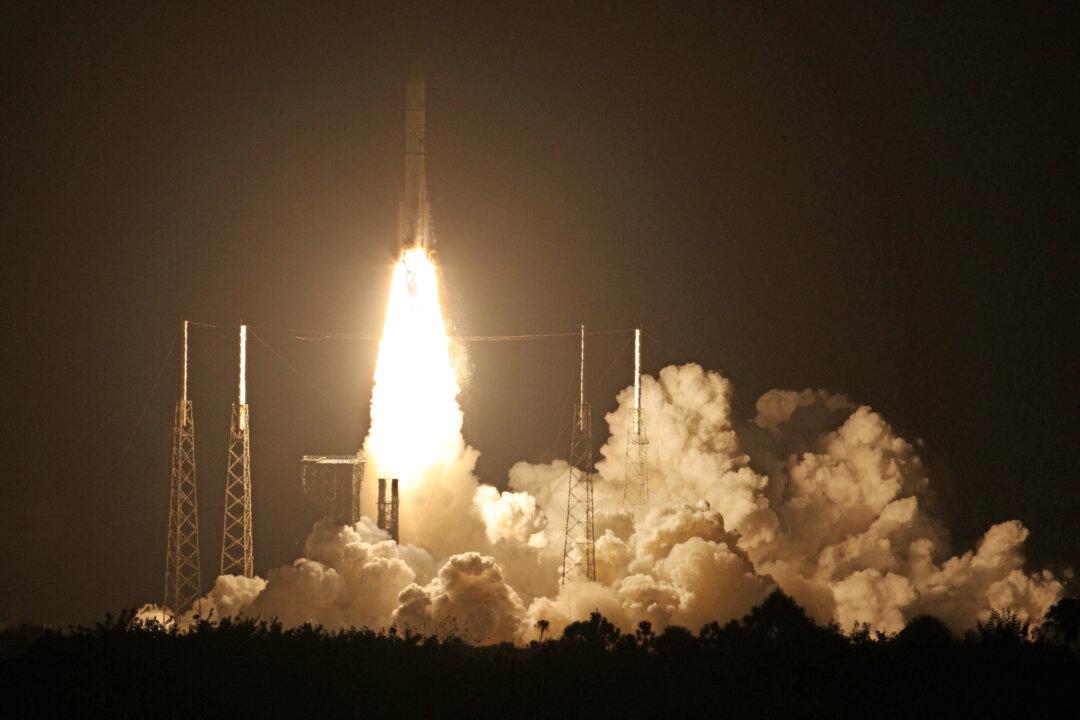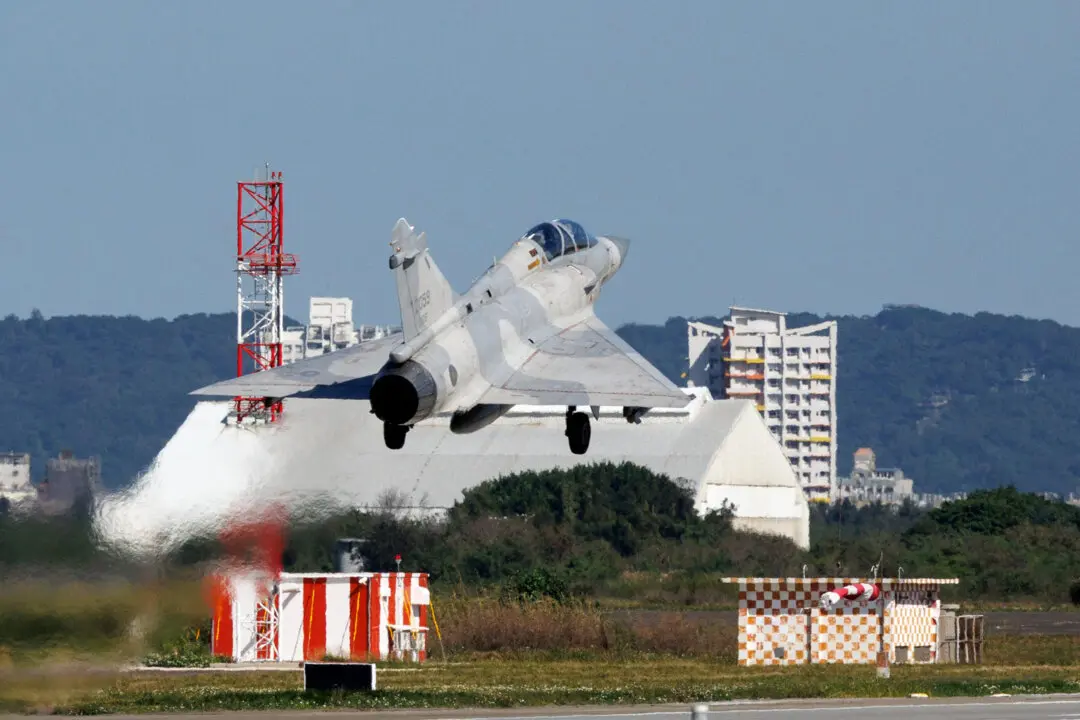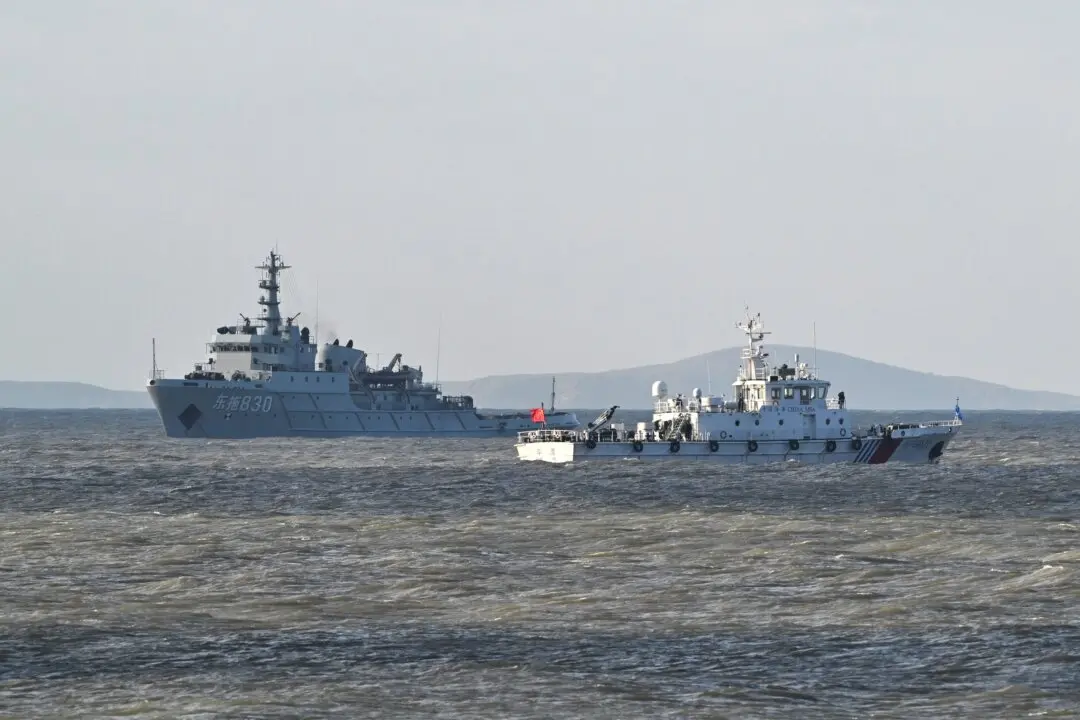China and Russia are populating space with dual-use satellites while concealing their military applications, according to a new report from the U.S. military.
“China and Russia view the U.S. as overly reliant upon space for military and information superiority. Seeking asymmetric advantages in future conflict, both countries are designing, testing, and demonstrating counterspace weapons to deny, disrupt, or destroy satellites and space services,” the report says. “They often mask or conceal these activities to avoid international condemnation.”





